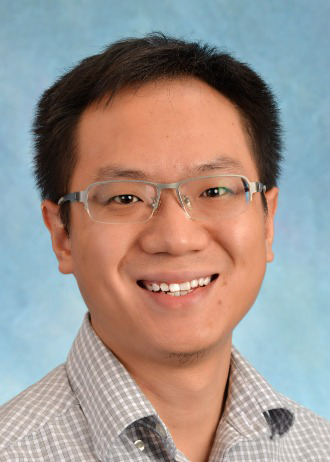Abstract: Cells use complex intermolecular interactions and sophisticated feedback loops to tightly regulate their behaviors in time and space. Therefore, quantitative visualization and manipulation of cellular signal transduction is of great significance for understanding molecular mechanisms and discovering drug targets. This talk will cover several protein engineering strategies for engineering genetically encoded molecular tools to visualize and manipulate protein function in living cells. In the first half, I will introduce how to build fluorescent biosensors based on different mechanisms (such as FRET, FLIM, single-molecule tracking, etc.) to track protein conformational changes in living cells. The second half discusses how optogenetics can be used to modulate signaling pathways and intervene in cellular behavior in a non-invasive and reversible manner with high spatiotemporal resolution.
Events

